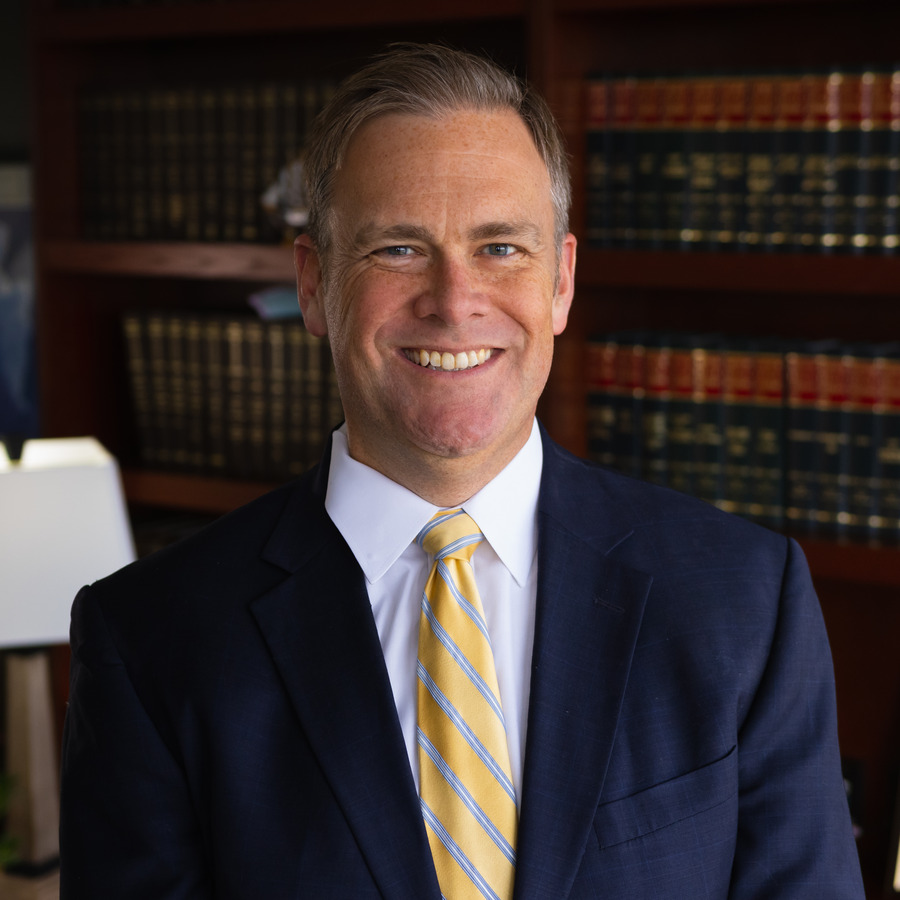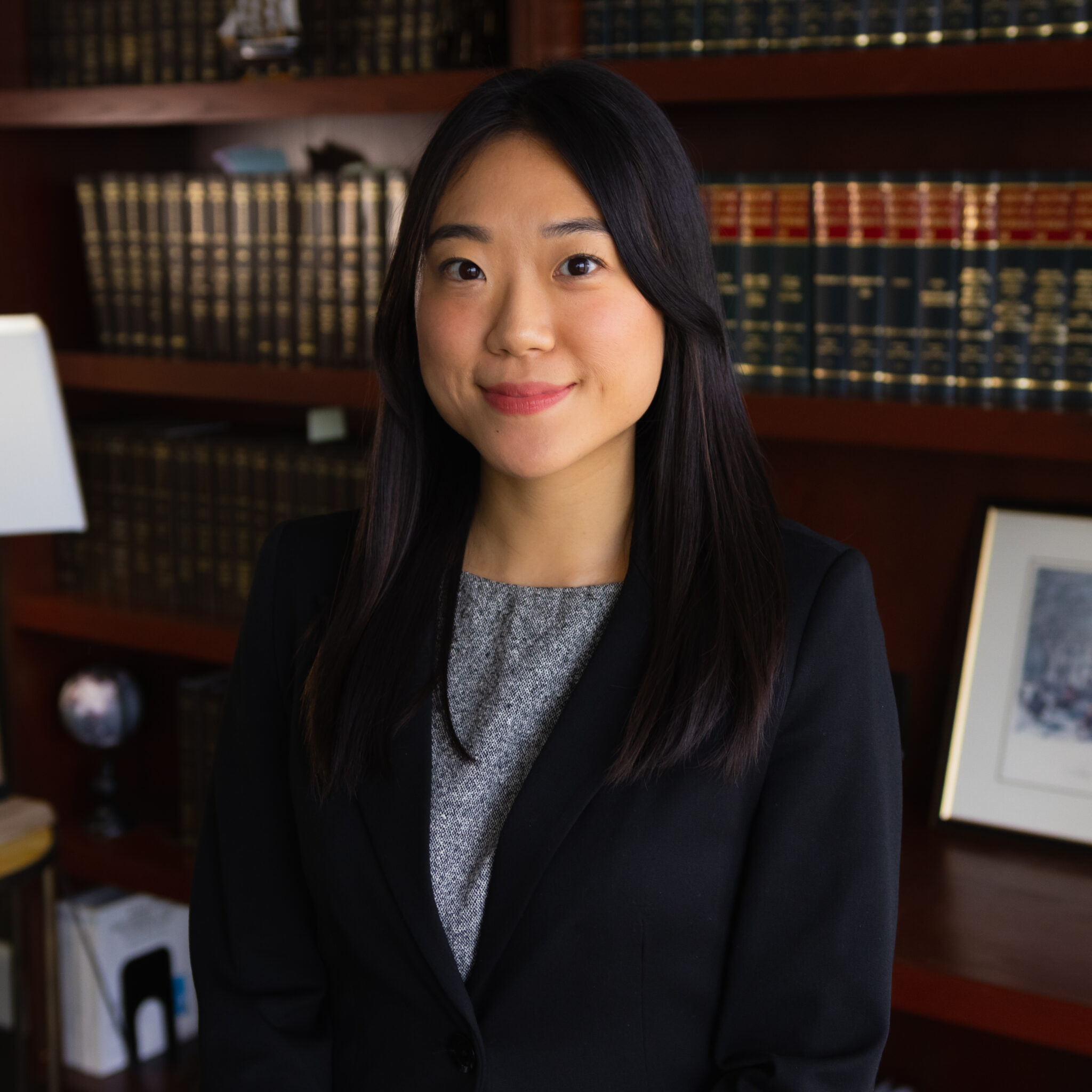It comes as news to many during these tough economic times that by filing for bankruptcy, individuals can be released from liability for most unsecured debts, prevent creditors from taking collection actions, and save a home from foreclosure as well. While Chapter 7 bankruptcy discharges your legal obligation to pay most unsecured debts, Chapter 13 bankruptcy allows repayment of past due debts over time, preventing creditors from repossessing secured property on which payments are being made.
Under the present laws, filing either a Chapter 7 or a Chapter 13 bankruptcy stops a home foreclosure, and allows the homeowner time to cure the mortgage arrearage. An experienced Kansas City bankruptcy attorney can explain how, under either Chapter 7 or 13, bankruptcy can help save your home.
Chapter 7 is a temporary stop to the foreclosure, but might give the individual or family a short time to cure the past due balance, sell or refinance the property. Chapter 13 can give a debtor up to five years to catch up on the missed payments, while keeping current with payments due after the filing. Exactly how this works should be reviewed by a Kansas City bankruptcy lawyer on a case by case basis.
Most often, people in Kansas and Missouri who want to save their home will file Chapter 13 bankruptcy, as opposed to Chapter 7, to allow themselves time to cure the mortgage arrears. As soon as the Chapter 13 petition is filed, an automatic stay stops pending foreclosure proceedings, as long as the case is filed prior to the foreclosure sale, even if only hours before the sale time. The individual may then bring the past-due payments current over a reasonable period of time, while continuing to make the ongoing (regular) payments. In addition, payments to other creditors such as car payments and payments to credit cards and other unsecured debts are also included in a Chapter 13 Plan. One big advantage to Chapter 13, is that depending on a debtor’s specific situation, payments to unsecured creditors through the Plan can be for far less than full payment!
Under this Chapter, debtors propose a repayment plan that cannot last longer than five years, and can often be for three years (and possibly even shorter depending on the specifics of a situation. Individuals can also reschedule secured debts (other than a mortgage for their primary residence) and extend them over the life of the Chapter 13 plan. Doing this may lower those payments, making it easier for the debtor to both make the payments and pay everyday living expenses.
There are several ways in which Chapter 13 offers individuals and families an opportunity to save their homes from foreclosure. By filing under Chapter 13, homeowners can stop foreclosure proceedings and cure delinquent mortgages over time, as long as they adhere to the Plan developed in conjunction with their attorney and as approved by the Court.
In addition, Congress is currently looking at changing bankruptcy laws to allow mortgage modifications which would allow bankruptcy judges to oversee modification of residential home mortgages. If passed, the law might allow mortgage modification by changing interest rates, payments, times and lowering the balance due under the right conditions.
 Book an
Book an Email
Email Directions
Directions







